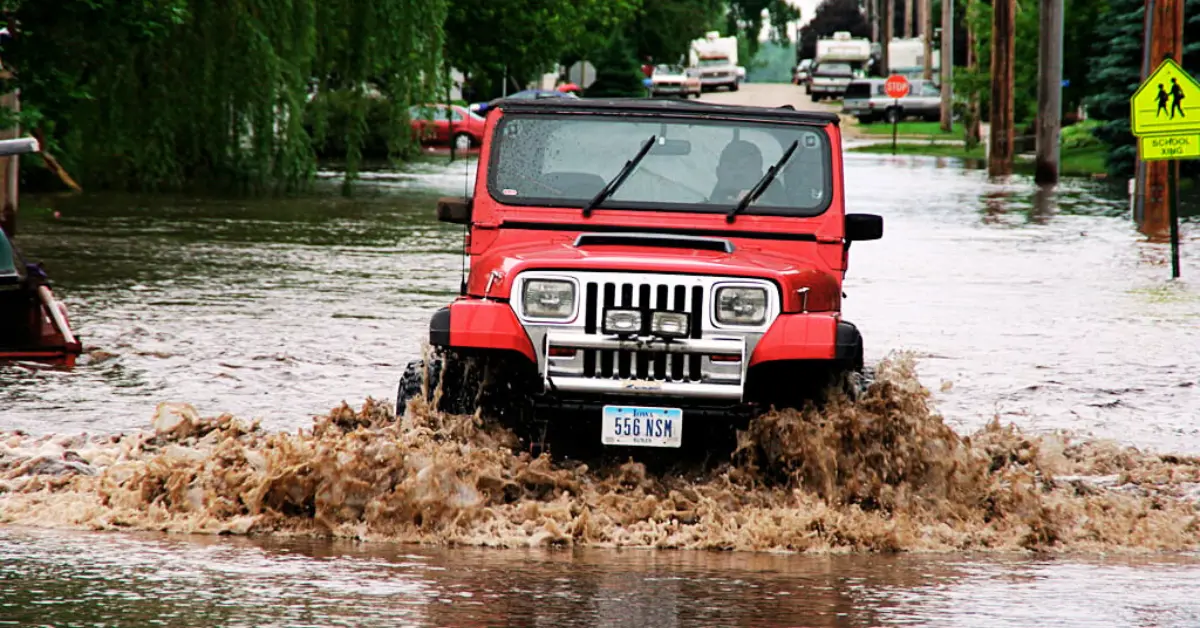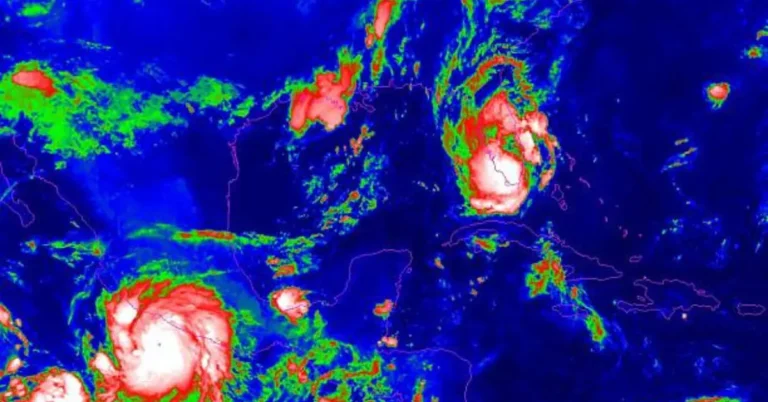Iowa declares state of emergency amidst devastating floods. Widespread road closures and evacuations in effect. Stay informed, prioritize safety, and heed official warnings.

Iowa is grappling with a state of emergency as unprecedented flooding continues to ravage communities across the state.
Torrential rainfall has overwhelmed rivers and streams, leaving a trail of destruction in its wake.
This is a critical travel advisory for anyone planning to visit or pass through Iowa – your safety is paramount.
Urgent Situation Overview
The unrelenting downpour has shattered rainfall records in northwest Iowa, with some areas receiving over 16 inches in a matter of days.
This deluge has triggered a catastrophic cascade of events, leading to widespread damage to homes, businesses, and critical infrastructure.
The most severely impacted counties include Lyon, Sioux, O’Brien, Clay, Emmet, and Dickinson, where residents are facing life-threatening conditions.
Critical Road Closures and Detours: Your Safety is Non-Negotiable
The deluge has rendered numerous roads and highways impassable, transforming them into treacherous waterways. Some of the major arteries currently closed include:
- Interstate 29 from Sioux City to the South Dakota border
- Highway 18 from Spencer to the Minnesota border
- Highway 75 from Sioux Center to Le Mars
Navigating these treacherous conditions is strongly discouraged. For real-time updates on road closures and detours, consult the Iowa DOT‘s interactive map or visit 511ia.org.
Remember, “Turn Around Don’t Drown” – never underestimate the power of floodwaters.
Evacuation Orders and Shelters: A Lifeline for Displaced Residents
As the floodwaters continue to rise, several communities have issued mandatory evacuation orders to safeguard residents.
If you are in an evacuation zone, heed the instructions of local authorities immediately.
Emergency shelters are open to provide refuge and assistance to those displaced by the floods.
Essential Safety Guidelines: Your Survival Guide
Flood Safety:
- Avoid floodwaters: They may be contaminated with sewage, chemicals, and debris.
- Steer clear of downed power lines: Assume they are live and report them to authorities.
- Stay off bridges over fast-moving water: They may be unstable.
- Listen to local officials: Follow their guidance for evacuation and safety measures.
Driving Safety:
- Never drive through flooded roads: It’s impossible to judge the depth or current.
- Six inches of water can cause you to lose control of your vehicle: A foot of water will float many vehicles.
- Two feet of rushing water can carry away most vehicles: This includes SUVs and pickup trucks.
Community Resilience and Resources: Iowa Stands Strong
In the face of this devastating crisis, Iowans have demonstrated extraordinary courage and compassion.
Communities are rallying together, offering support, and working tirelessly to help those in need.
If you are able, please consider donating to relief efforts or volunteering your time through reputable organizations like the American Red Cross.
Additional Resources:
- Iowa Department of Transportation: Iowa DOT website
- Iowa 511: 511ia.org
- American Red Cross: American Red Cross website
The road to recovery will be long, but Iowa’s spirit remains unbroken. Stay informed, prioritize safety, and extend a helping hand to those affected by this unprecedented disaster.
Share this vital information with your networks to ensure everyone stays safe and informed during this challenging time.










